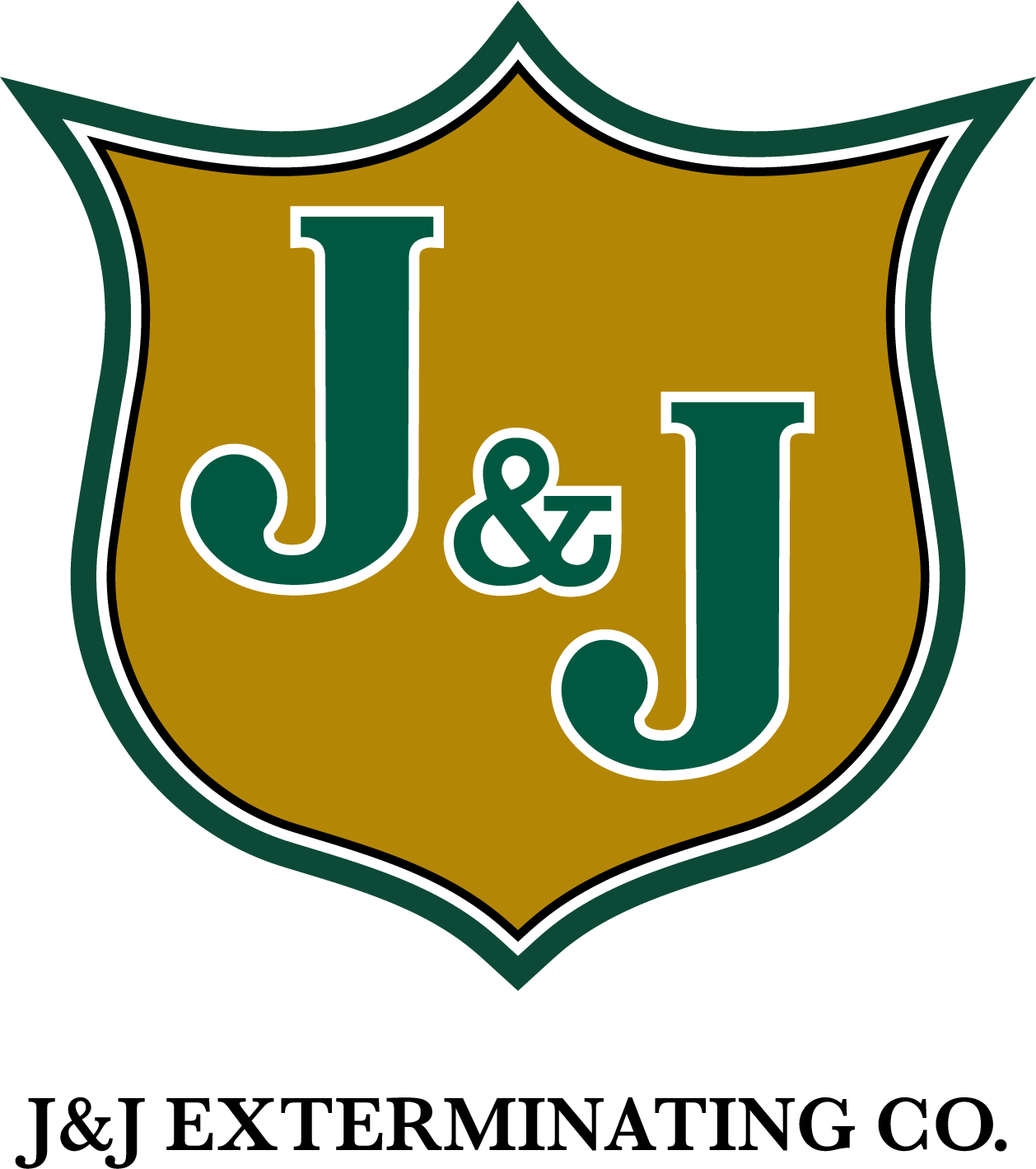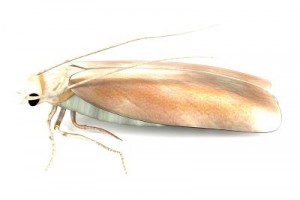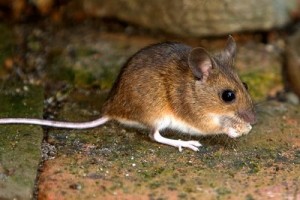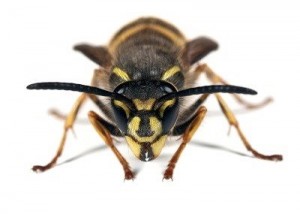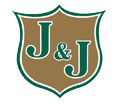Carpenter Ant
Carpenter Ants are in the family Formicidae. Members of this family, less than 1/16-1″ (1-15 mm) long, are mostly black, brown, or reddish.
They have a complex social structure usually consisting of a wingless worker caste composed entirely of sterile females and a reproductive caste made up of winged, fertile males and females. But some species do not have a worker caste, and some reproductives do not have wings.
Ants have a slender “waist,” or pedicel, of 1 or 2 bead-like or scale-like segments between the thorax and abdomen. They differ from wasps in having distinctly elbowed antennae. Ants live in colonies in underground tunnels or in galleries in dead wood.
From time to time, winged males and females emerge from the nest and perform a brief mating flight. After mating, the males die, and the females lose their wings and return to the ground to start a new colony. Workers gather food, maintain and defend the nest, and tend eggs, larvae, and pupae.
Most species are predators or scavengers, but a few harvest seeds, visit clusters of aphids to eat their sweet secretions, raise fungus for food in small underground gardens, or eat leaves cut from plants. Some species produce eggs, which are eaten by the queen and workers.
When disturbed, most ants are capable of “biting” or “stinging” people. Warning: These ants will bite if aggravated.
Webbing Clothes Moth – 365
Size – About 3/8-inch long.
Color – Cream colored with a tuft of red hair on the top of the head. The larvae are white.
Larvae – Larvae will be found on fabrics among thin sheets of webbing that they spin to shield themselves. They often leave strands of silk on fabrics they infest.
Behavior – Fabric pests such as clothes moths, although not particularly dangerous, can sometimes cause irreparable damage to personal belongings. These moths are able to digest animal hairs. Therefore, they feed on almost any item made of natural fibers, particularly wool and cashmere.
Habitat – Clothes moths tend to stay confined near clothing, which makes them easier to control.
Tips for Control – Your service professional can rid your home of these pests, but there are a few steps you can take to protect your clothing until your fabric pest problem can be controlled:
- Do not store boxes of clothes in the attic, garage or basement.
- If clothing must be stored in boxes, thoroughly clean the boxes before storage and seal all corners and openings with tape.
- Prior to storage, clean woolen and natural fiber clothing according to the manufacturer’s instructions.
In closets, store natural fiber clothing items by covering them with individual plastic covers.
Consider storing clothing in large zippered plastic units.
Use mothballs to help deter fabric pests, but be aware that they may leave an odor that could require dry cleaning.
Crazy Ant
These ants are known as Crazy Ants because of their characteristic rapid and erratic movement. The worker ants have extremely long legs, making them relatively easy to identify.
Yellow Crazy Ants are yellow-brownish in color. They are present in American Samoa, Australia, Brunei, China, Christmas Island, Cocos (Keeling) Islands, Cook Islands, South East Asia, Federated States of Micronesia, French Polynesia, Guam, India, Indonesia, Japan, Kiriabati, Malaysia, Marshall Islands, Mauritius, Myanmar, Northern Mariana Islands, Papua New Guinea, Reunion Island, Samoa, Seychelle Islands, Sri Lanka, Taiwan, Thailand, Tokelau, Tonga, Tuvalu, USA, Vanuatu and the Wallis & Futuna Islands.
Crazy ants (Paratrechina longicornis) were introduced to the United States from India. Their distribution is limited to the Gulf coast from Florida to Texas. They are easily identified by their long legs and their habit of erratically moving from place to place (hence the name “crazy”).
Crazy ant trails are not readily obvious because of this erratic movement. The easiest way to find the nest is to look for workers carrying pieces of food or workers with swollen abdomens. These ants are carrying food back to the nest. By observing their movement, it should be possible to find the nest.
Crazy ants are highly adaptable and will nest in a variety of locations, from very dry to moist. They will nest under objects, in rotten wood or trash, in tree cavities, as well as within debris left standing in buildings for long periods of time.
These ants feed on a variety of foods including grease, sweets, and other insects. In some areas they are considered a biological control agent for houseflies. They also tend aphids and scales to feed on their honeydew. While crazy ants need moisture, elimination of water by itself will not get rid of these ants since they can survive under a wide range of conditions. Elimination of food sources and nest sites are equally important in the management of this ant.
Crazy ants do not respond well to baits, so they cannot be relied upon for management of this ant. Surrounding buildings with vegetation-free barriers such as stone or brick (but not wood mulch) will keep ants from entering buildings to nest.
House Mouse – 365
Description – Grayish brown on top; nearly as white on its belly. Tail is dusky and nearly hairless; less than half the body length. Ungrooved incisors. L 5 1/8–7 3/4″ (130–198 mm); T 2 1/2–4″ (63–102 mm); HF 1/2–7/8″ (14–21 mm); E 3/8″– 3/4″ (11–18 mm); Wt 5/8–3/4 oz (18–23 g).
Similar Species – Deer mice (Peromyscus species) have white under parts. Harvest mice have grooved incisors.
Breeding – Gestation 18–21 days; several litters per year, each of 3–16 young; reproduces spring through fall in the North, year-round in South.
Sign – Musky odor. In buildings: small dark droppings, damaged materials, holes in insulation, and shredded nesting material; in fields: small dark droppings, small holes in the ground.
Habitat – Buildings; areas with good ground cover, especially cultivated fields. Uncommon in undisturbed or natural habitats.
Range – Pacific Coast south from Alaska through w and s Canada and throughout all of continental U.S.
The house mouse originated in Asia and spread throughout Europe many centuries ago. In the early 16th century, it arrived in Florida and Latin America on ships of the Spanish explorers and conquistadors. About a century later, the house mouse came to the northern shores of North America along with English and French explorers, traders, and colonists. The house mouse makes its own nest but lives in groups, sharing escape holes and common areas for eating, urinating, and defecating. It takes turns grooming its fellows, especially on the head and back, where it is difficult for the animal to groom itself. If the population grows too dense, many females, particularly adolescents, become infertile. A highly migratory existence and rapid rate of reproduction enable the house mouse to thrive. It takes advantage of situations not readily available to other species, including cultivated fields, which offer a rich if temporary habitat. As a crop develops, the mice move in and have several litters in quick succession, building large populations quickly; when the field is harvested or plowed, they move out. Many perish, many find other fields, and still others invade buildings. Sometimes these migrations assume plague proportions: In 1926–1927, an estimated 82,000 mice per acre (202,000 per ha) wreaked havoc in the Central Valley of California.
In such densities, house mice, though generally timid, have been known to run over people’s feet and even to bite. In cultivated fields, some of their actions are beneficial, as they feed heavily on weed seeds, with foxtail grass a favorite, along with caterpillars and other insects; in houses, barns, and storage buildings, they are entirely destructive. These mice eat or their droppings contaminate large quantities of grain and other valuable foodstuffs. Their scientific name derives from the Sanskrit musha, meaning “thief.” They chew or shred anything chewable or shreddable, including furniture and wires, and sometimes start fires. They can scurry up rough vertical walls and even pipes; they gnaw holes in walls, floors, and baseboards. Like Black and Norway rats, house mice can spread disease. In the wild, birds and mammals are predators. Centuries ago, cooked mouse meat was a folk remedy for colds, coughs, fits, and fevers, but it is not recommended today. The white mice used in research laboratories are albinos bred from this species.
Yellow Jacket – Occasional
Description – Size: 1/2-5/8″ (12-16 mm). Body stout, slightly wider than head. Abdomen narrow where attached to thorax with short “waist” (pedicel). 1st antennal segment yellow, 2nd and subsequent segments black. Head, thorax, and abdomen black and yellow or white. Wings smoky.
Warning: Workers will sting repeatedly if they perceive you as a threat to their nest, otherwise, they are less aggressive.
Food – Adult eats nectar. Larva feeds on insects pre-chewed by adults.
Life Cycle – In spring mated female constructs small nest and brings food to larvae daily until 1st brood matures. Females serve as workers, extending the nest and tending to the young. In late summer males develop from unfertilized eggs and mate. When cold weather begins, all die except mated females.
Habitat – Meadows and edges of forested land, usually nesting in ground or at ground level in stumps and fallen logs.
Range – Throughout North America; various species are more localized.
Yellow jackets can be pests at picnics, and they will carry off bits of food. If the nest can be found, cover it at night with a transparent bowl set firmly into the ground, adults will be confused by their inability to escape and seek food in daylight; they will not dig a new escape hole and will soon starve to death. The Western Yellow Jacket (V. Pennsylvania) and Eastern Yellow Jacket (V. maculifrons) are similarly colored, except the first antennal segment of the latter is all black.

